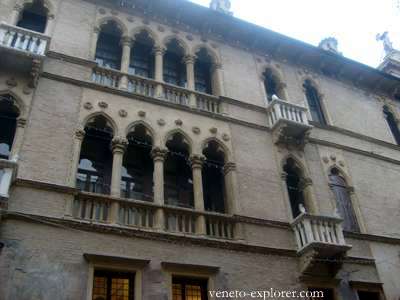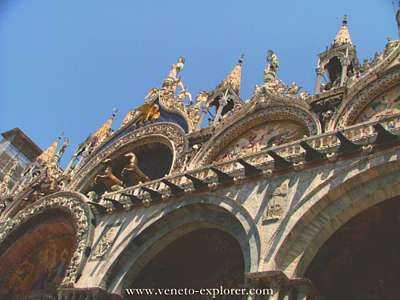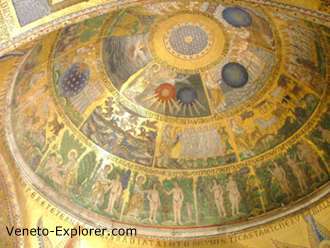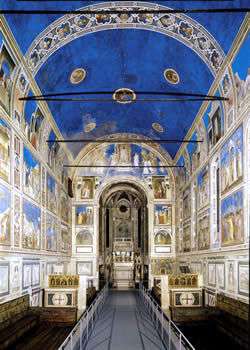|
Middle ages art in Veneto, ItalyI am not an expert either in middle ages art, nor art in general, but I love to gather information and to get to know what the past generations left to posterity, anywhere in the world that I find myself. There are many minor works of art in Veneto, referable to middle ages art or to other historic periods, often spread over towns and villages out the big tourism stream, often unknown even to locals. I am going to do nothing but give you some hints and suggestions on the most important must-see things in Veneto concerning the middle ages art. Venetian gothic art from the Middle AgeVeneto middle ages art stands out greatly in the architecture field, with the uniqueness of the venetian gothic. In many towns of Veneto, such as Vicenza, Treviso, Padua, and in some smaller towns whose name you probably have never heard of, you will notice strong influences from the venetian middle ages art and architecture. One of the most recognizable medieval architectural features which you will see often even in the mainland ancient homes are the venetians gothic style windows, with the so called lancet or pointed arch. A Venetian gothic palace in Vicenza 
The Doge’s Palace (Palazzo Ducale) in St Mark Square, VeniceBorn in the ninth century as a fortified castle surrounded by the sea water, the Doge’s Palace acquired the current features between 1300 and 1500. It’s a great symbol of the Venice middle ages art. It’s a unique building, supported by a series of arcades made in Histrian stone, surmounted by a two arcades loggia. If you pay attention, the european medieval architecture emphasizes verticality whether by the pointed arch, or by the pinnacles and spires, or by the narrowness or height of the buildings. In the case of the Doge’s palace in Venice,instead, you have the feeling of a big emphasis on verticality put mainly on the lower part of the building, as if the palace was upside down.
Basilica di San Marco in St Mark Square, Venice8000 sq meters/86114 sq feet of mosaic on walls, arches and domes. The Venice Basilica, founded in the ninth century, is another majestic symbol of the capital of Veneto. The interior too is a must-see, also for its grandeur and its suggestive shaded light. Over the centuries the Venetians had embellished it with paintings and works of art, sometimes brought from abroad, like the four copper horses placed until 1977 on the St Mark’s basilica loggia, that the Doge Enrico Dandolo let send from Constantinople as a war chest, at the end of the fourth crusade in 1204. The carbon-date estimates the horses to be very ancient, dating back to the second century A.D. The Basilica di San Marco-Details with horses 
Inside the basilica, you can see an amazing example of middle ages art influenced by the byzantine style. On the floor, by now warped by the time and by the passage of millions visitors, you will see less garish stone mosaics, depicting geometric figures and animals. Mosaic dome inside the St Mark Basilica 
The Scrovegni Chapel in Padua |





